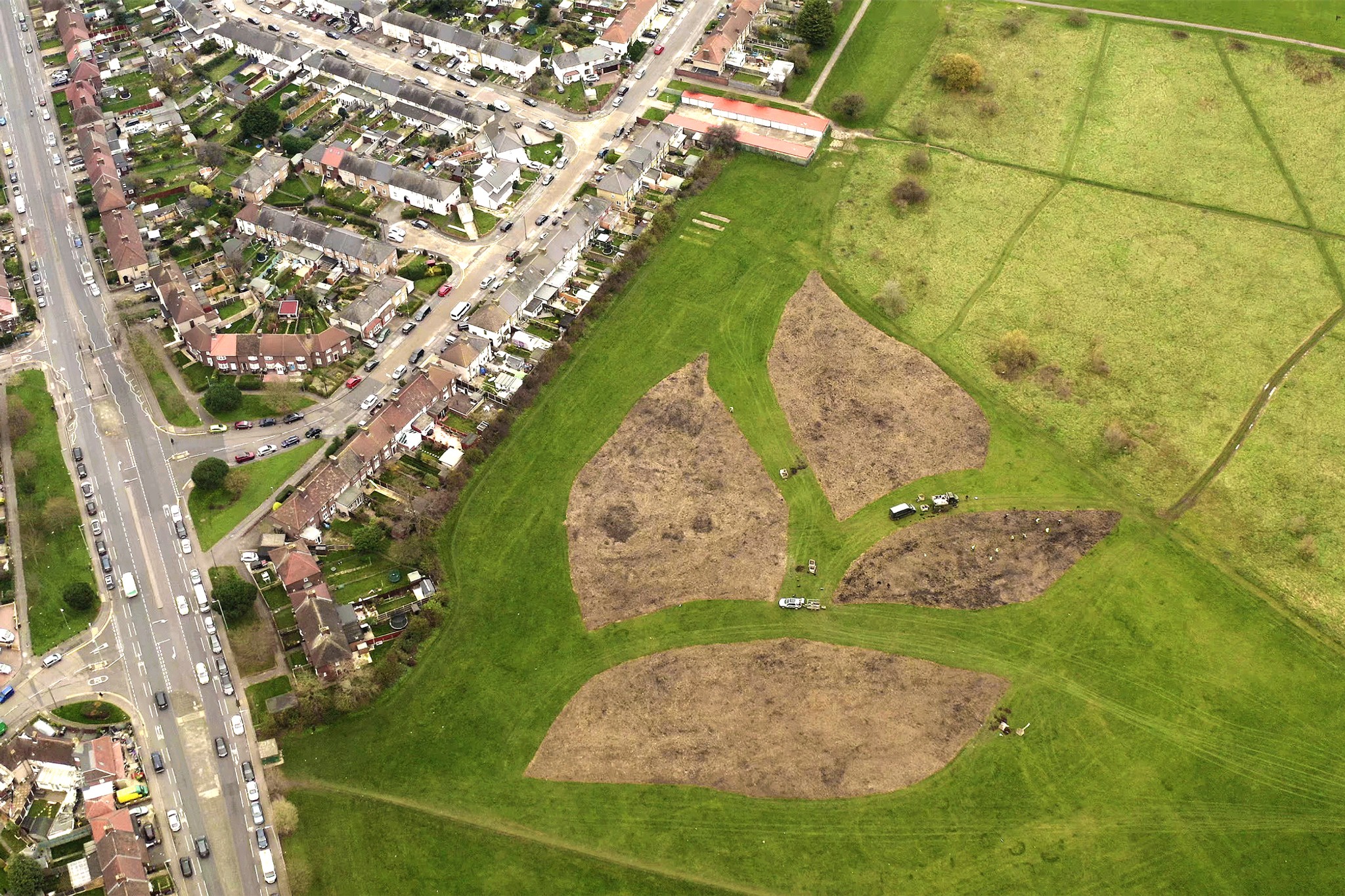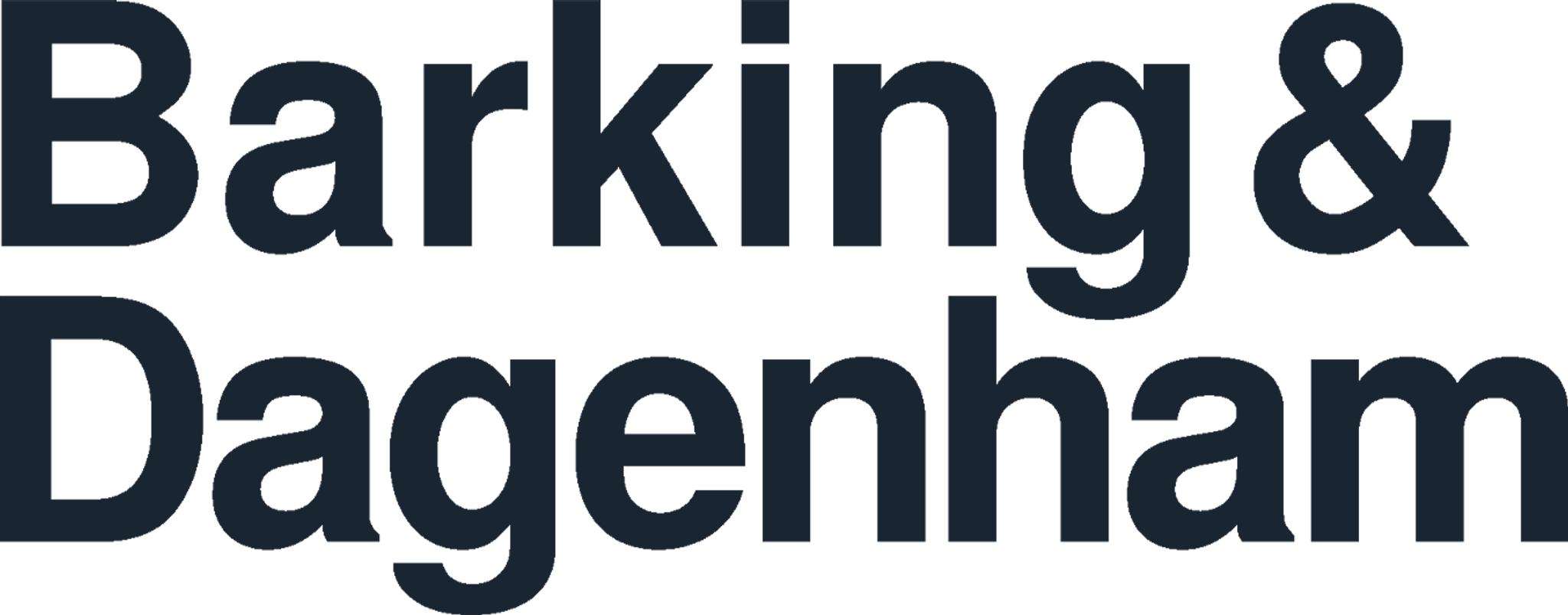
A London Borough’s Vision of Urban Restoration
0
Forests
0
Trees
0
Square Meters
0
Native Species
SUGi is partnering with the Borough of Barking & Dagenham’s Ranger Service on a bold plan to bring Nature closer to all its residents. Our collaboration began when an ambitious coalition of civic and community leaders formed to support the creation of a forest in Parsloes Park, Dagenham, to honor all the front liners and regular citizens fighting COVID-19. This historic project, known as the 'Forest of Thanks', is now the largest Miyawaki Forest in the UK and Europe.
SUGi has since created ten more pocket forests for the Barking & Dagenham community.
It’s our hope that with the borough’s inspired leadership, we can together rewild even more schools and neighborhoods to make Barking & Dagenham a showcase of how to rebuild the web of life and restore health and wellness for all species and all people.
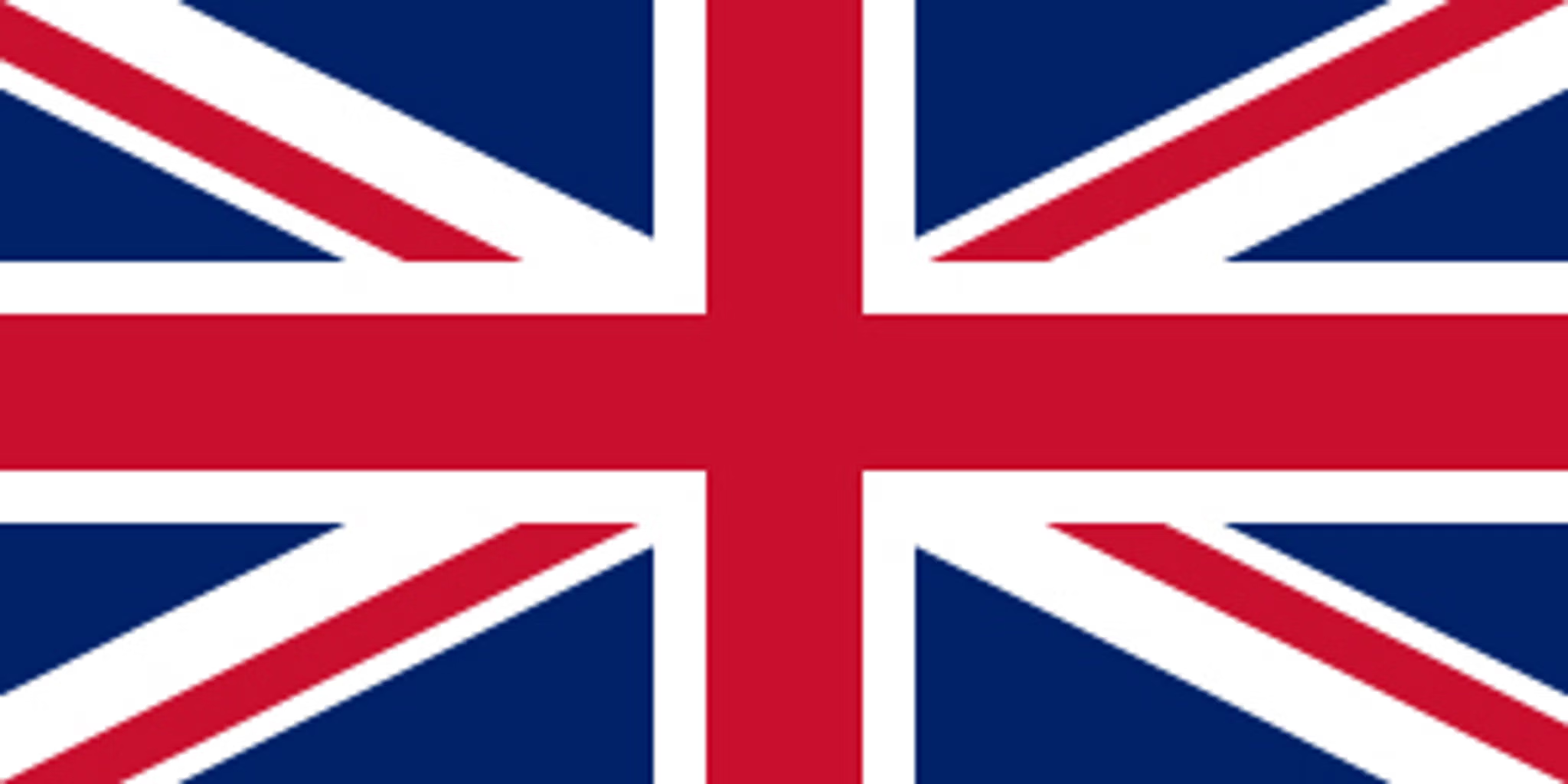
Forest of Thanks
SUGi partnered with the Borough of Barking and Dagenham to build the largest Miyawaki Forest in the UK - designated as a national priority for urban regeneration.
An ambitious coalition of civic and community leaders came together to support the creation of a Forest of Thanks - a forest for all the front liners and regular citizens who fought COVID-19.
This visible affirmation and enduring legacy was planted in Parsloes Park, Dagenham in the fall of 2020.


Thames View Forest
Located in a heavily polluted area of London, yet near to the historic river Thames, this school forest provides access to Nature for children who have little green space in their daily lives. The forest supports the science curriculum for these young students, gives hands-on exposure to the importance of biodiversity and gives them an active role in boosting the ecological richness of the area.
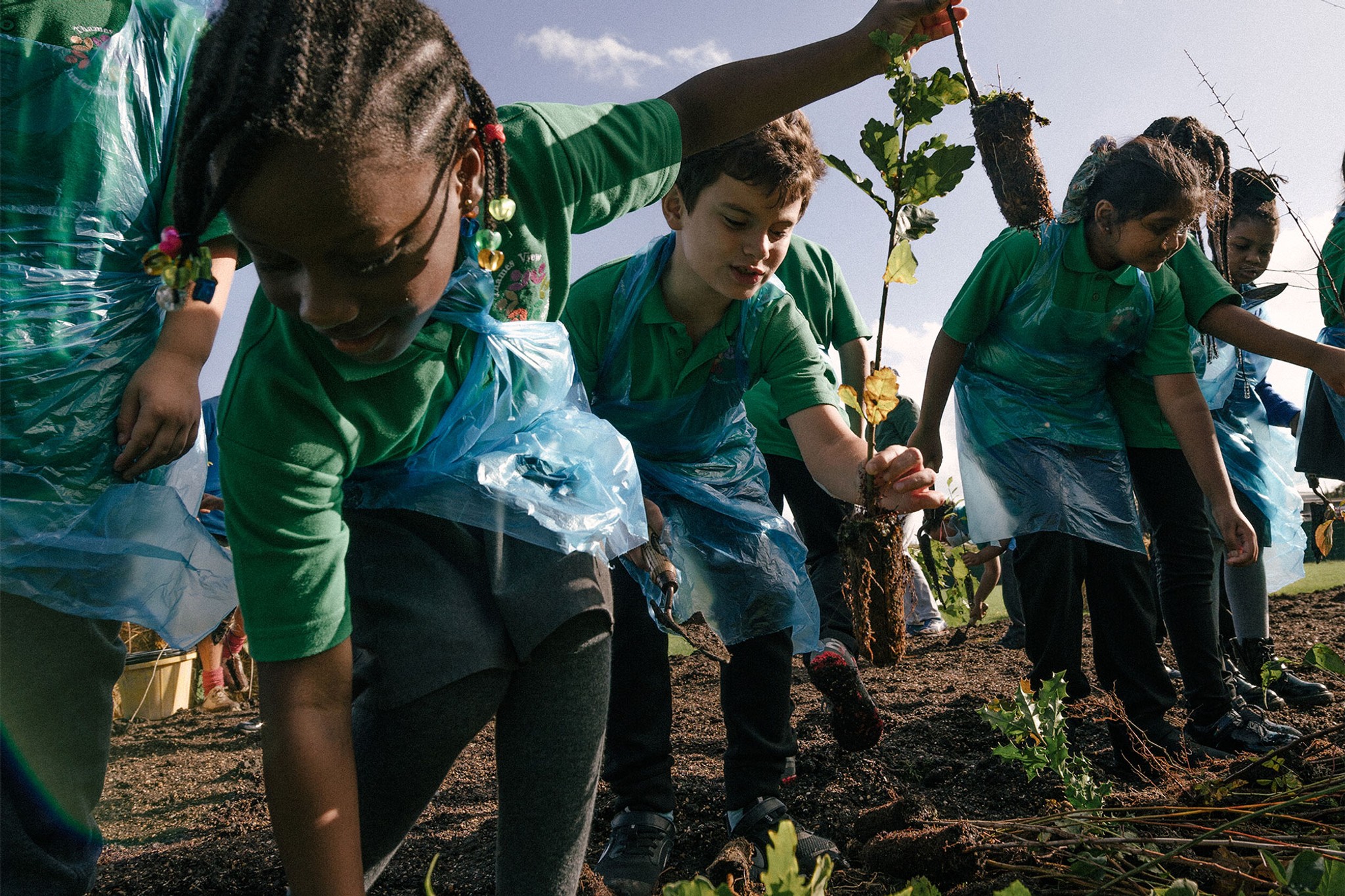

Castle Green Forest
The forest acts directly on its local environment. This area is heavily polluted and an urban biodiversity desert. The denseness of the Miyawaki method allows maximum potential Co2 drawdown and pollution mitigation. The trees chosen are also species that have evolved to live and even thrive in the urban environment.
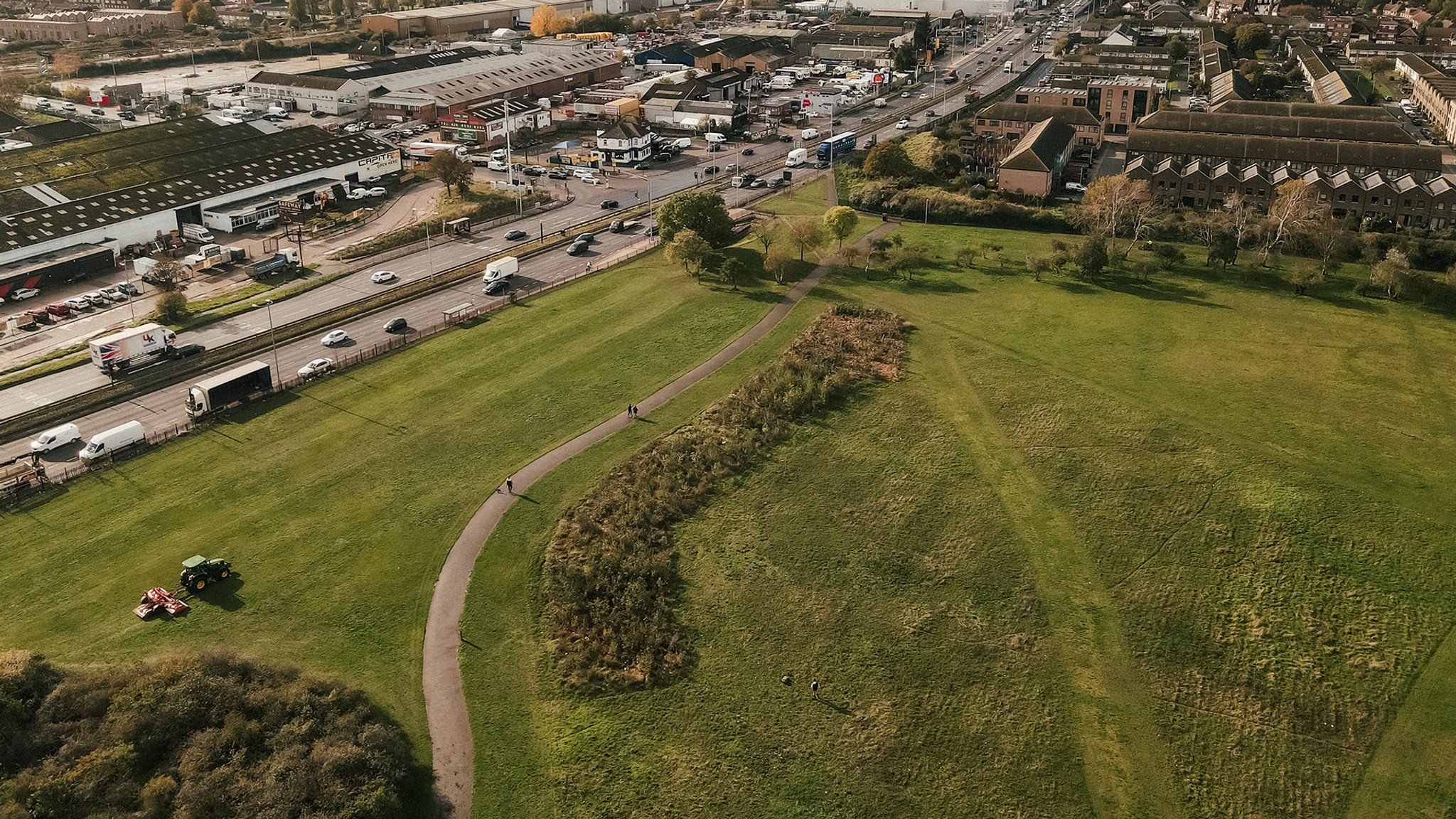
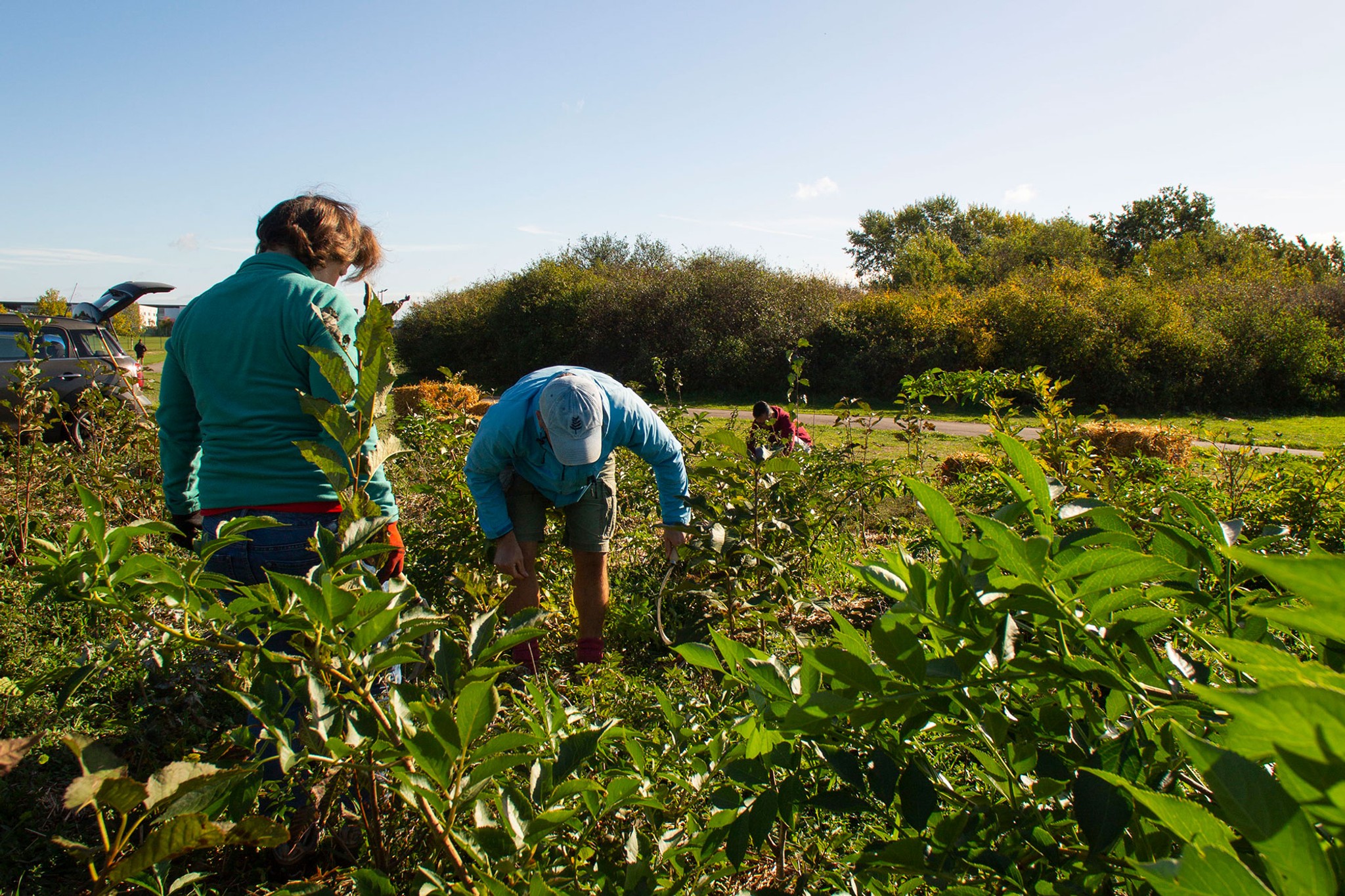

Castle Green Forest II
The forest acts directly on its local environment. This area is heavily polluted and an urban biodiversity desert. The denseness of the Miyawaki method allows maximum potential CO2 drawdown and pollution mitigation. The trees chosen are also species that have evolved to live and even thrive in the urban environment.



East London I — Natura Nostra Forest
Natura Nostra Forest has created a tranquil and restorative spot for neighbors, offering them the chance to see the return of biodiversity in action. This pocket forest makes the physical and mental well-being benefits of close contact with Nature accessible to the community. The space has cultivated community bonds and has become a recognized source of joy for all.

“The Leaders of the Borough of Barking & Dagenham and SUGi have come together to create the largest Miyawaki Forest in the UK as a symbol of resilience, hope, and healing for the local community and the UK as a whole. It’s a very special moment for all of us.”
Cllr Ashraf, Deputy Leader and Cabinet Member for Community Leadership and Engagement.

Eastbrook Forest
Students observe rewilding in progress and the exploration of the forest supplements the studies of both primary and secondary school pupils. The dense planting of native trees also helps to reduce air pollution, creating a healthier atmosphere for the entire school community.

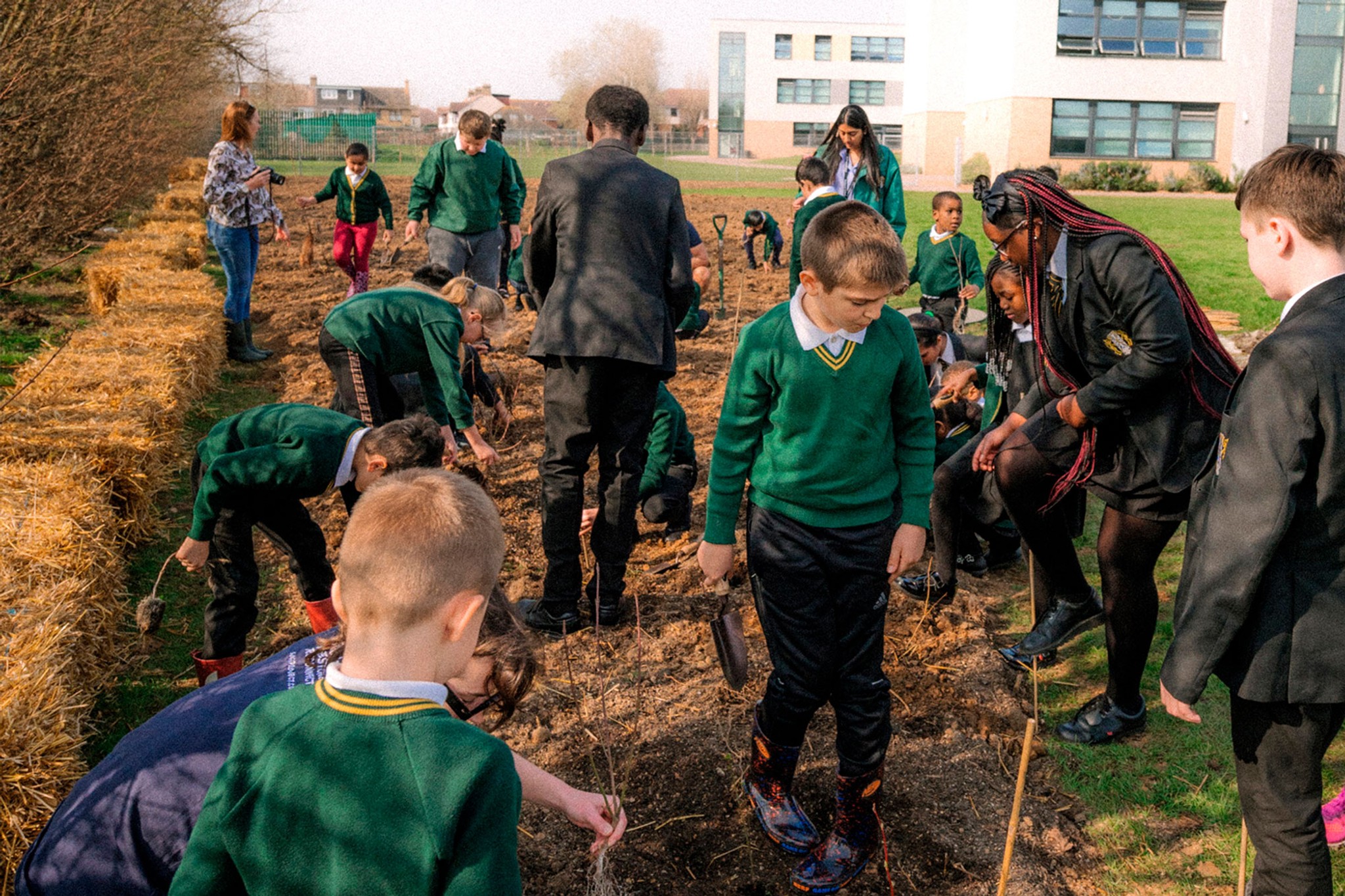

St Peter's Forest
St. Peter’s Forest is another chapter in SUGi’s efforts to rewild industrialized East London. The school is located in the forward-thinking borough of Barking and Dagenham, one of the most polluted areas of London. Creating a Miyawaki forest here restores the soil and creates a corridor where biodiversity can thrive.
Students can observe rewilding in progress and the forest supplements the studies of pupils at a formative time in their educational lives. Given the school is directly next to the busy Ripple Road, the planting of native trees helps to reduce pollution in the air, creating a healthier atmosphere for the entire school community.
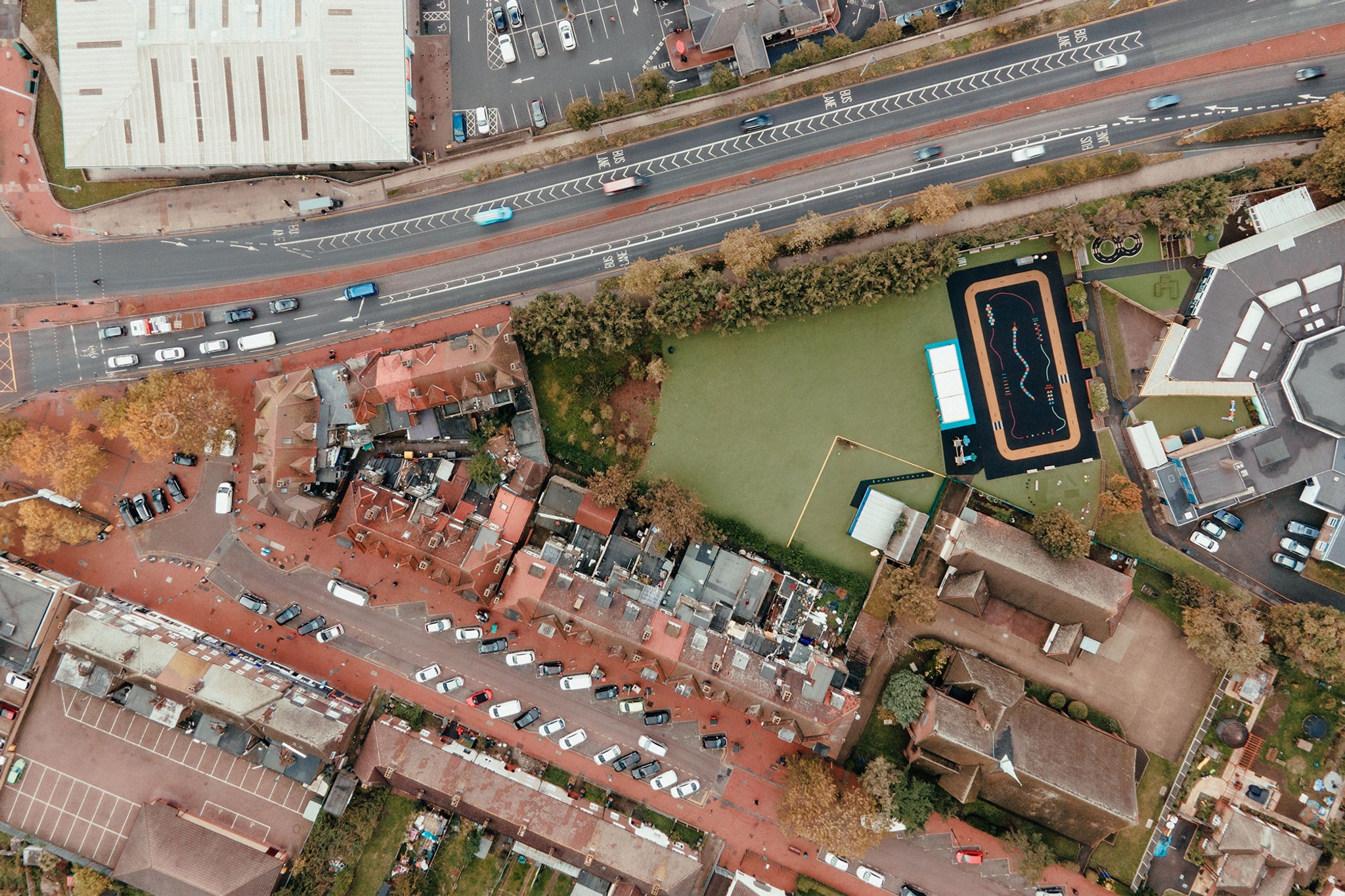

East London II — Natura Nostra Forest
This is the second Natura Nostra Forest in the borough of Barking and Dagenham, an area dominated by green deserts that is in desperate need of more pockets of biodiverse native forest
As with the first Natura Nostra Forest in Parsloes Park, this second iteration - located in Eastbrook End - is another visible demonstration of how Nature and urbanization can co-exist successfully, even in the most densely-populated metropolis.
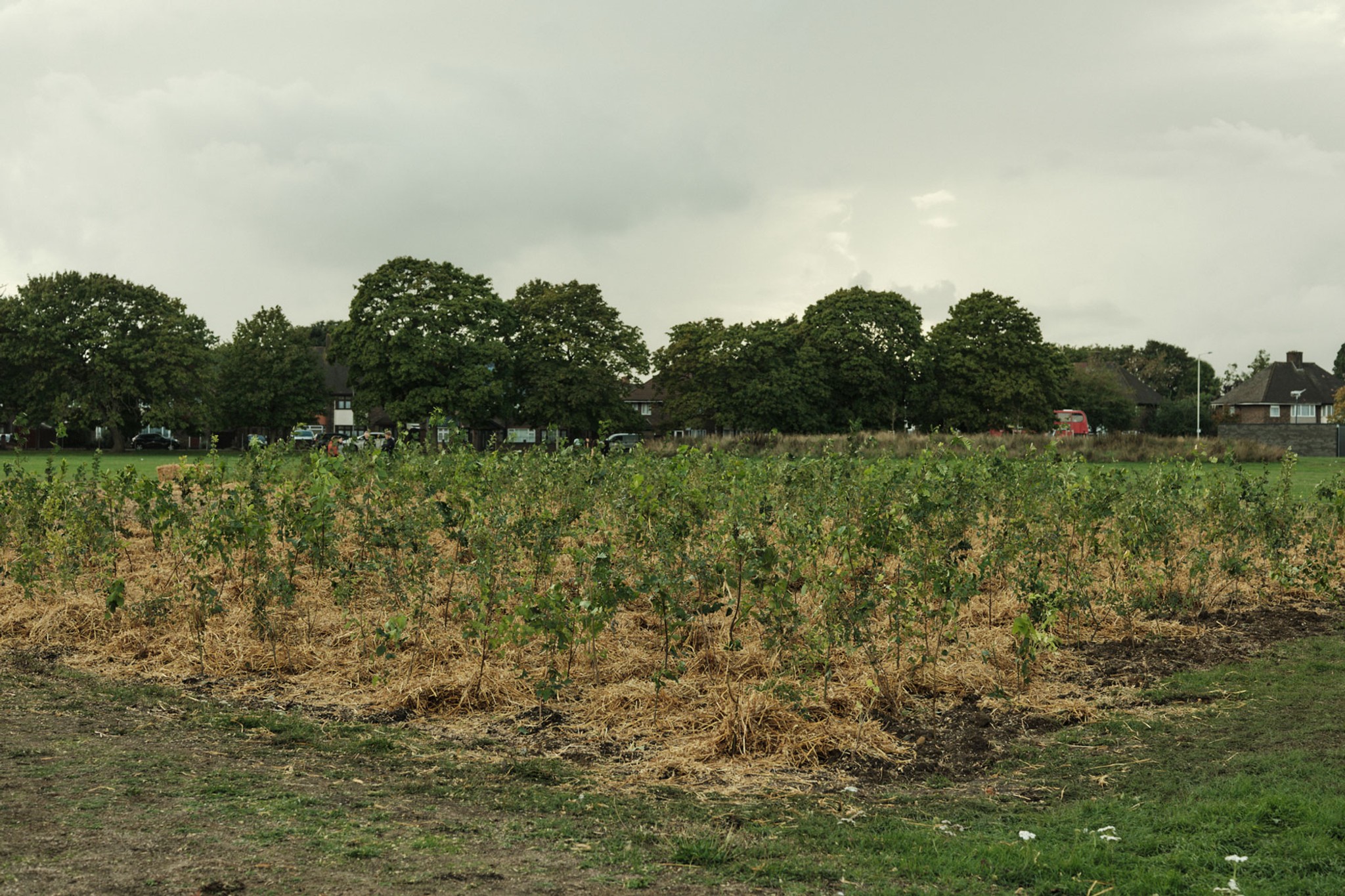

Legacy Forest
Legacy Forest is located in the dynamic borough of Barking and Dagenham as a living legacy for Queen Elizabeth.
In an area with a long history of industrial activity and high pollution levels, Legacy Forest has created a resilient biodiversity corridor, restored the soil and brought back ecological richness to a borough in desperate need of an investment in Nature.
As well as a boost for Nature, the forest is accessible to local people where they can take in the sights and sounds of the natural world - a restorative and tranquil space in the community. This living legacy will support the wellbeing of both people and planet long into the future.


Harmony Forest
An outdoor classroom of 674 Sq m has been created on the grounds of William Ford Church of England School in Dagenham.
The purpose of this project is to establish a vital ecological corridor that supports biodiversity and enhances the educational experience of pupils. By planting native trees and a fruit orchard, we can see the return of a thriving, sustainable ecosystem to this barren land.
The initiative promotes a healthier environment for the school community and a greener landscape, reverting to what existed before.



Renewal Forest
We have planted this pocket forest in Castle Green Recreation Ground in Dagenham - a community hub used for sports, dog walking, and other recreational activities. The area’s heavy road traffic and industrial activity contribute to air pollution - notably nitrogen dioxide and particulate matter - posing health risks to vulnerable groups. This remains a health concern for the council, particularly in areas surrounding the main road - Ripple Road - where pollution levels are significantly elevated. The council has pledged to become a ‘cleaner and greener’ borough, focusing on improving air quality and enhancing biodiversity.
The 600 trees, including hawthorn and oak, will improve the air quality by acting as Nature’s air purifiers; capturing harmful pollutants and removing greenhouse gasses from the atmosphere. Currently, the park is predominantly grassland. This lack of vegetation exacerbates the heat island effect, as evidenced by the 2022 wildfires when temperatures soared above 40°C. By planting these trees, we've seen an increase in canopy cover, providing cooling to lower temperatures and mitigate this effect in the future. The forest also provides habitat and shelter for a range of flora and fauna, as well as a welcome space for local residents to connect with Nature.



Brook Forest
We are planting Brook Forest in Goresbrook Park, spanning 1,500 square meters across two sections. The forest will be home to 4,800 trees, transforming the park into a lush sanctuary and providing a biodiverse, green space for the local community.
This restoration enhances the entire catchment area, with Gores Brook – a stream that runs through the park – connecting it to the neighboring Parsloes Park, where the Forest of Thanks, another SUGi Pocket Forest, was planted. As the forest grows, it will serve as a space for recreation, education, and community engagement, highlighting the transformative impact of greening our urban spaces.


